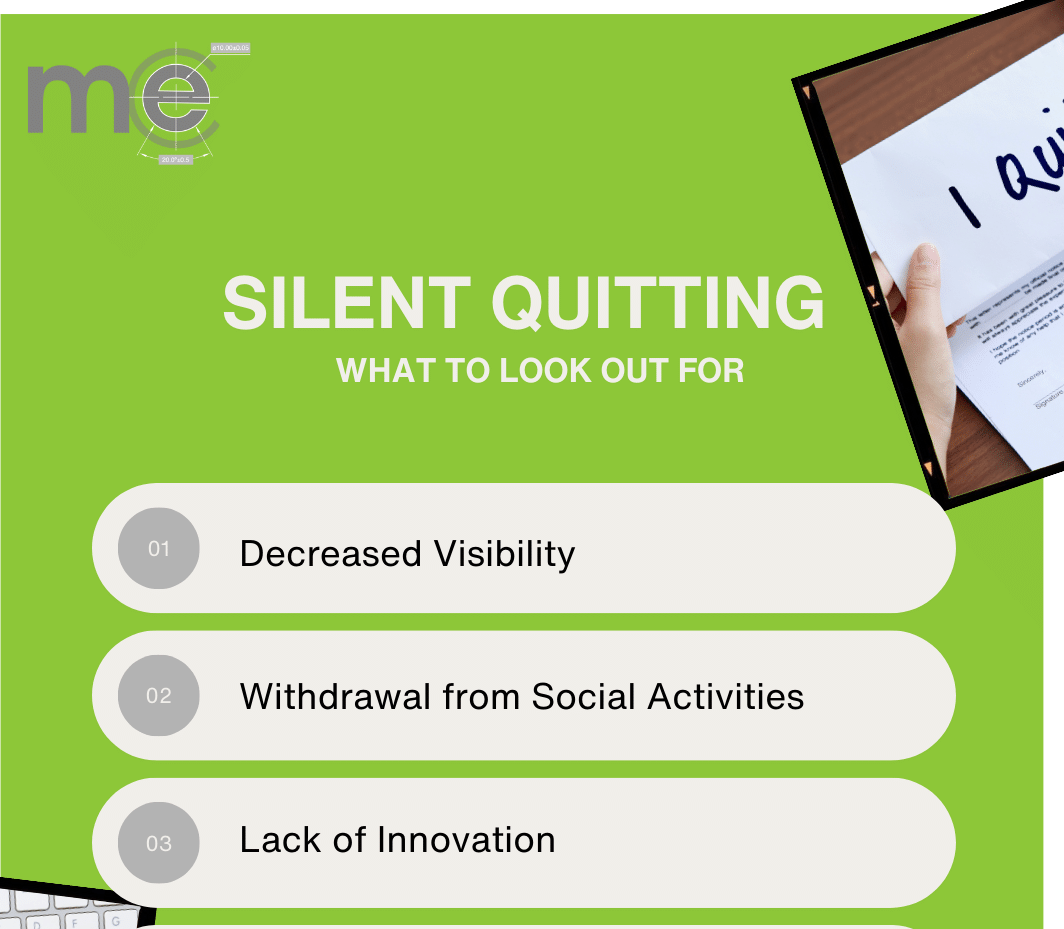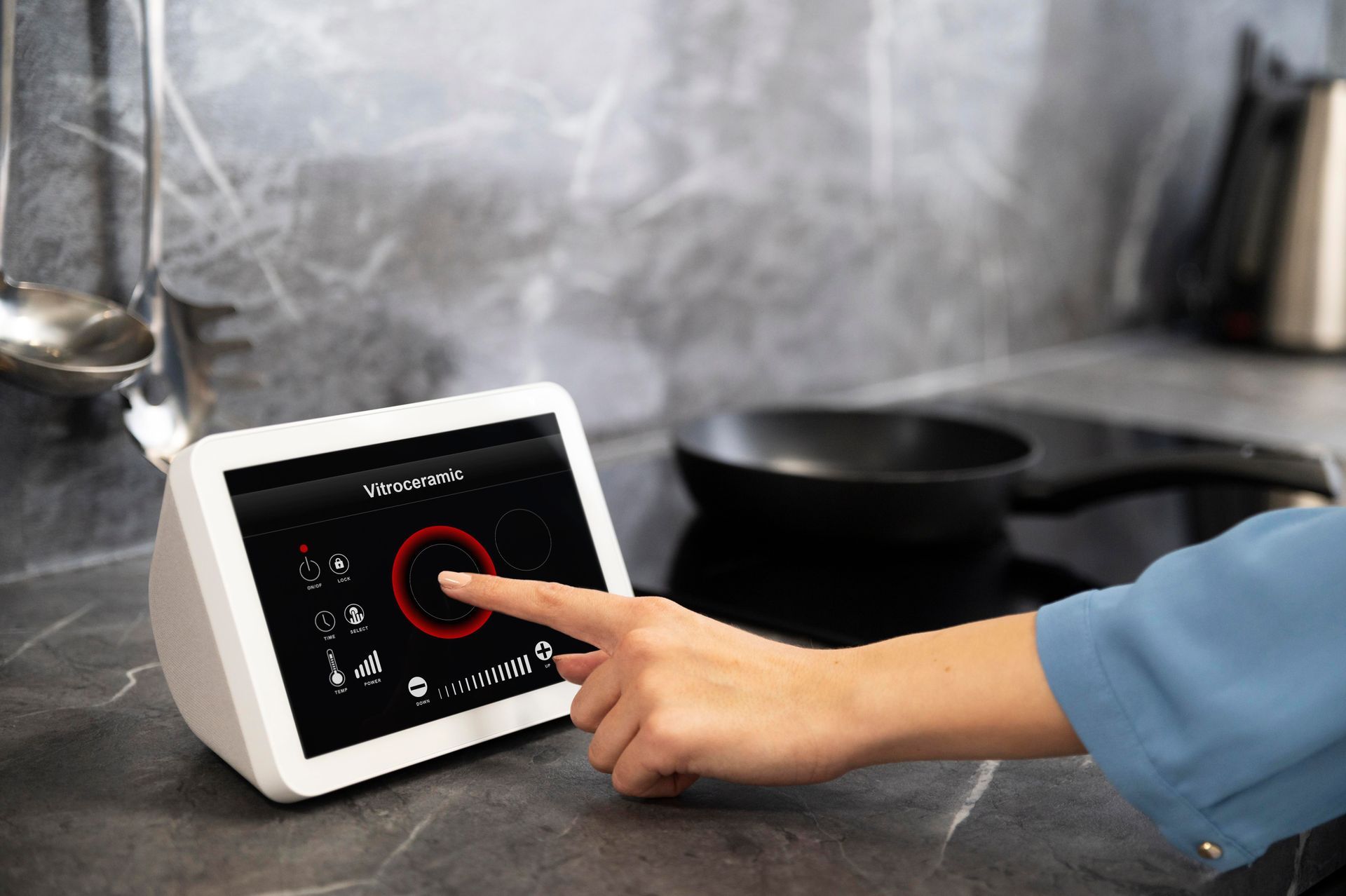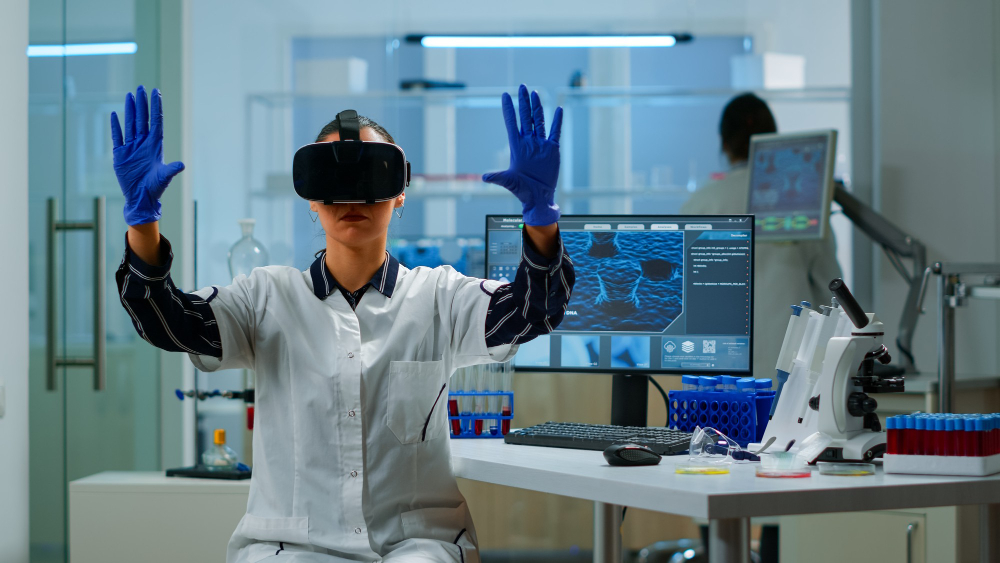Medical device design importance
Any equipment used in the treatment, diagnosis, or prevention of disease or other conditions affecting the body's systems is referred to as a medical device. Patients, healthcare professionals, and other people utilise medical devices to help with the diagnosis, treatment, or management of medical disorders.
Why is Medical Device Design Important?
Medical device design is important for several reasons, including:
- Patient safety: Creating safe and useful medical devices for patients is the primary goal. To ensure they do not damage patients, medical gadgets must pass stringent regulatory criteria and testing.
- Efficiency: Medical gadgets must also be made to efficiently carry out their intended function. It must yield accurate data or have the desired therapeutic impact whether it is a diagnostic tool or a therapy device.
- User experience: Healthcare practitioners with various levels of education and experience frequently utilise medical equipment. An effective medical equipment is simple to use and comprehend, which can lower the possibility of user error and enhance patient results.
- Cost-effectiveness: The final cost of a medical device might vary greatly depending on the cost of design and manufacture. The manufacturing process may be optimised, waste can be reduced, and expenses for patients and healthcare providers can be decreased with effective medical device design.
- Competitive edge: A well-designed medical gadget can give a business an advantage in a congested market.
How start the development of a medical device?
Although the processes in the lifecycle of developing a medical device should be consistent across the board, medical device development should be tailored to the needs of the application the device will be utilised in. These processes include the initial concept, product design, prototyping, device testing, design verification and validation, and medical device production.
Stages of Processing Medical Devices:
- Initiation - opportunity and risk analysis
- Formulation - concept and feasibility analysis
- Design and development, including verification and validation, to ensure the design output matches the specified design input
- Final validation and product launch preparation
- Product launch and post-launch assessment
How long does it take to Develop a Medical Device?
It might take many months or even years to design and obtain approval for a new medical device, depending on the kind of device being produced. According to studies, it takes between three and seven years to develop a gadget from concept to approval. Despite the fact that the whole device lifespan, including research, development, and testing, is covered in this period, it might not seem like a long time. The FDA provides guidelines for how long it takes to receive
permission to release various classes of devices onto the market:
Class 1 Devices
Tongue depressors, oxygen masks, and electric toothbrushes are some of the products that receive FDA approval the quickest in this category. The FDA can self-register the majority of these non-invasive class 1 devices, and the process usually takes no more than a week.
Class 2 Devices
Contact lenses, catheters, and syringes are examples of class 2 devices, which carry a moderate risk. A manufacturer must be able to demonstrate the device's safety and effectiveness through a thorough comparison to another authorised device for the 43% of devices that come under this category. Just 19% of submissions are cleared in three months, and the FDA will confirm receipt of a submission for approval within 60 days, but clearance takes an average of 177 days (nearly six months). The type of equipment being submitted can also affect how long it takes to get clearance. The average time to approval for anaesthesia device is 245 days, whereas the average time for toxicological devices is 163 days.
Class 3 Devices
Patients are at the greatest danger from these devices since they are the most intrusive. Defibrillators, implantable prostheses, and cochlear implants are examples of class three devices, which make up about 10% of all products. To get approval, they also need to pass the strictest inspections during the development phase. For these products to be deemed safe and effective, the FDA requires sufficient scientific proof. Following filing, it takes, on average, 243 days, or slightly over eight months for an approval. Before to 2010, there was an average waiting period of 345 days, however that number has been drastically cut down in subsequent years.
How much does it Cost to Develop a Medical Device?
Depending on what is being created, different medical devices have different development costs. The respective development expenses will reflect the distinct differences in complexity between a tongue depressor and a defibrillator.
Moreover, skipping any iterative development, design, or testing phases in order to cut expenses is highly challenging. Before releasing a product on the market, a device manufacturer must be able to demonstrate technology, industrial design, safety, usability, proof of concept, manufacturability, packaging designs, and many other considerations.
Medical device development is difficult to quantify, however studies suggest that the whole funding expenses for a Class 2 medical device are about $30 million, of which $2 to $5 million goes towards development and engineering.
Does a Medical Device need FDA Approval?
FDA approval is required in some capacity for all medical devices that are produced, repackaged, relabelled, or imported for sale in the United States.
These items are governed by the FDA's "Center for Devices and Radiological Health," along with other electronic devices that emit radiation for use in medicine and other fields, such as lasers, x-ray machines, ultrasound devices, microwave ovens, and even colour televisions.
Each class of medical equipment requires a higher level of regulatory supervision, ranging from one to three. Premarket Notification 510(k) is not typically required for Class One devices, Class Two devices typically require Premarket Notification 510(k), and Class Three devices typically require Premarket Approval.
A submission to the FDA is required in each situation, and the complexity of the submissions rises with each class. As a result, it will take longer to get approval, possibly months rather than days.
What Is Important for Medical Device Design?
A successful product will increase patient safety, device efficiency, and reduce product recalls and revisions by assessing and meeting user criteria when developing medical devices. Patients, carers, and a variety of healthcare professionals are all possible users of any given medical device, making up a large demography of those who use them.
While patient safety and minimising human error are of the utmost importance, user requirements for medical devices should also include usability traits like comfort, effectiveness, ease of use and learning, training, requirements for cleanliness, maintainability and servicing, storage, labelling, etc. Particularly with self-administered devices, variables like comfort, attractiveness, and mobility might affect a patient's motivation to adhere to a treatment programme.
FAQ's:
-
What is a medical device?
It is a device designed for medical purposes.
-
What are the development phases of medical devices?
The development phases of medical devices include: Device Discovery and Risk Analysis, Formulation, Concept, and Feasibility, Design and Development- Verification and Validation, Final Validation and Product Launch Preparation, Production, Market Introduction, and Post- Market Follow-Up.
-
How do I start a medical equipment factory?
To start a medical equipment factory, you must research and plan the necessary equipment, materials, and manufacturing processes, secure funding, obtain necessary licenses and certifications, and establish a supply chain and distribution network.
-
How do I start a medical technology company?
To start a medical technology company, identify a healthcare problem, develop a solution using technology, conduct market research, secure funding, and build a team to develop and market the product.
-
What is the first and foremost activity while developing a device in medical device manufacturing?
Defining the device's intended use and user needs.
-
How long does it take to develop a medical device?
Depending on the complexity of the device, the regulatory requirements, and the testing and validation procedures, it could take a few months to many years.
-
What is the life cycle of a medical device project?
Planning, design and development, testing and validation, regulatory approval, manufacturing and commercialization, and post-market surveillance are often included in the life cycle of a medical device project.
-
How hard is it to start a medical device company?
Starting a medical device company is challenging and requires significant expertise, resources, and funding, as well as navigating regulatory hurdles and market competition.
-
How do I start a medical product?
Identify a healthcare need, research and develop a product, conduct market analysis, secure funding, obtain necessary approvals, and establish a distribution network.
Signup For The Newsletter
We will get back to you as soon as possible.
Please try again later.
Latest Posts








Address.
UK:- Suite 1S33, No1 Building, Alderley Park, Nether Alderley, Cheshire, SK10 4TG
USA:- 101 Federal Street Suite 1900 Boston Massachusetts
02110 United States of America

